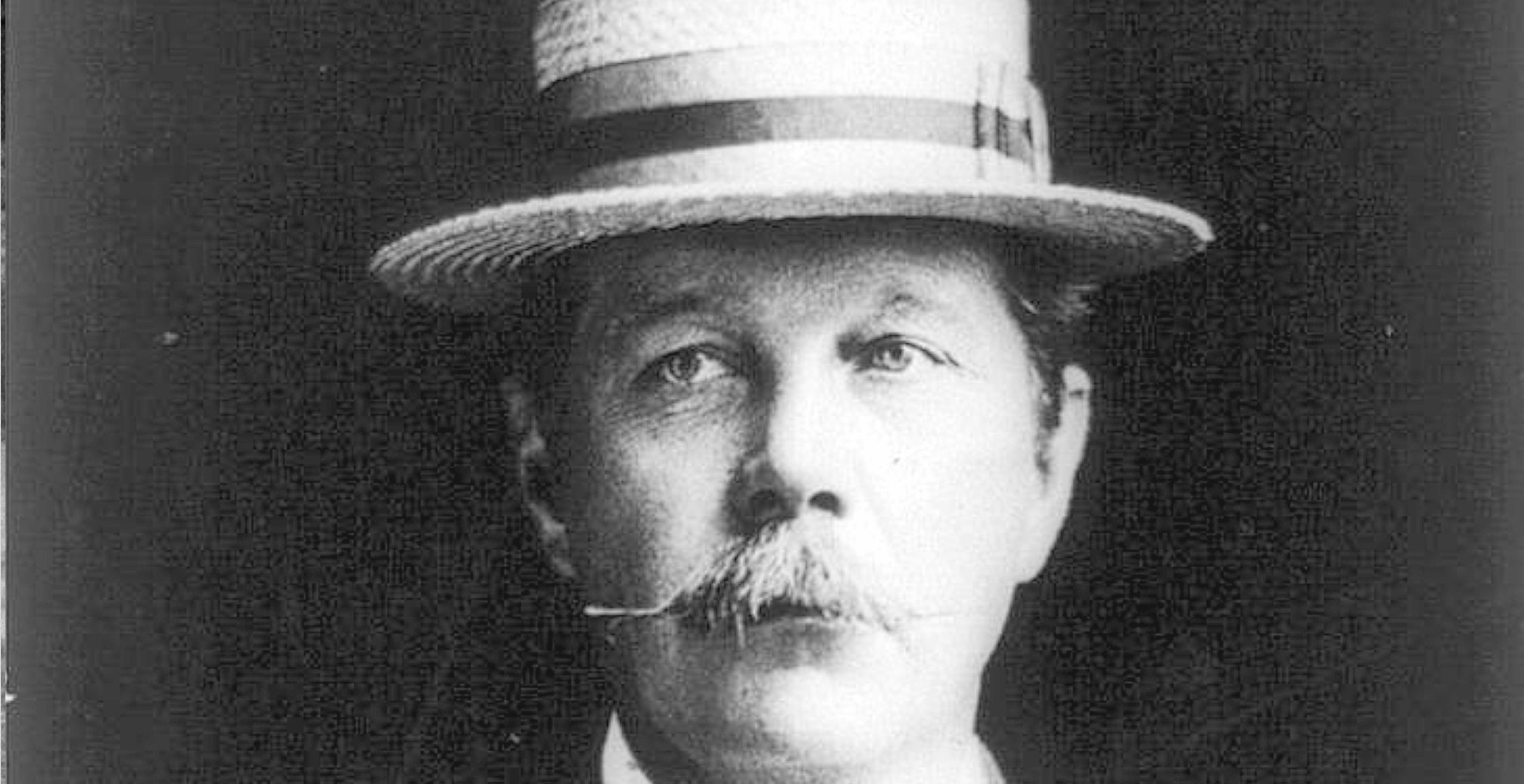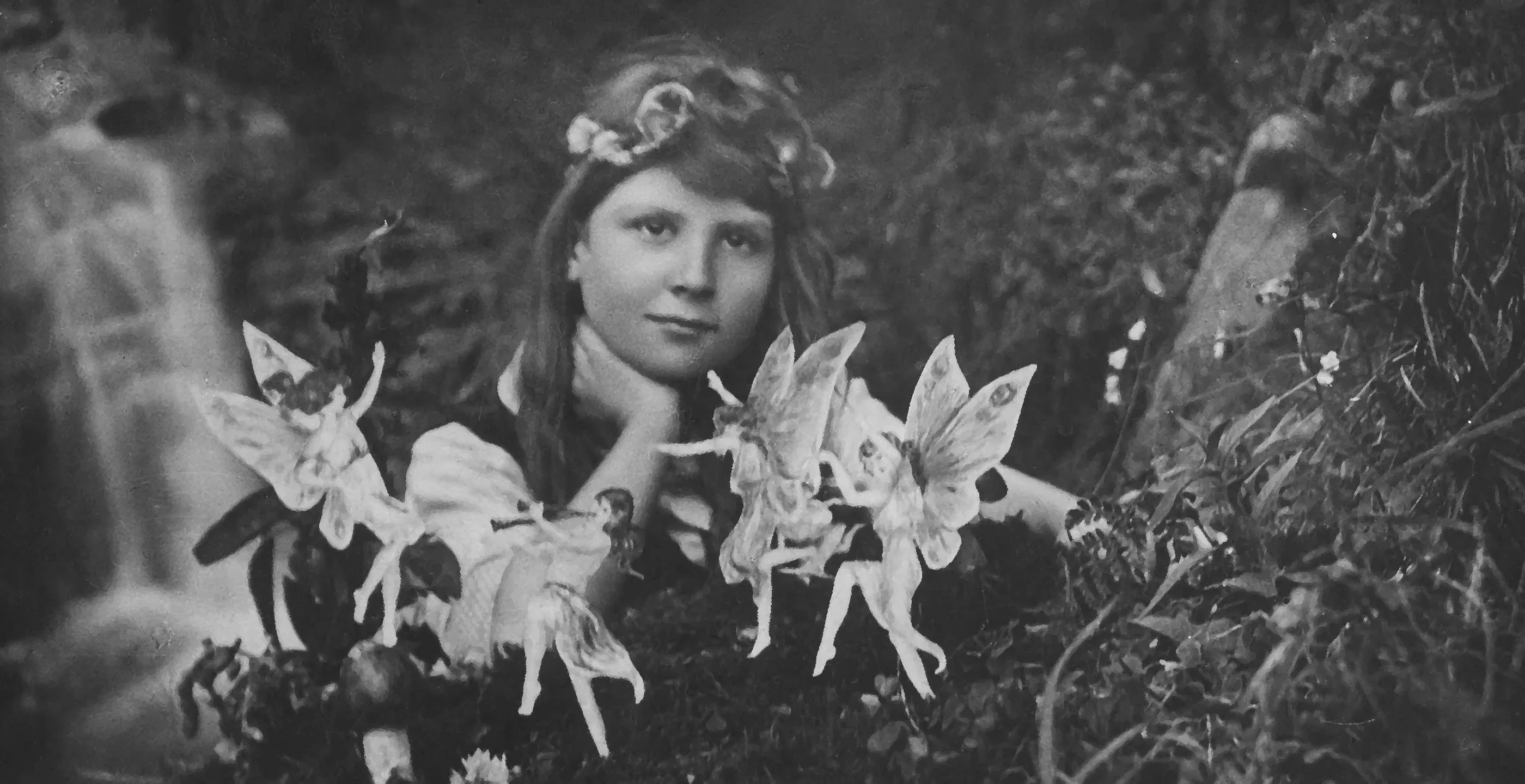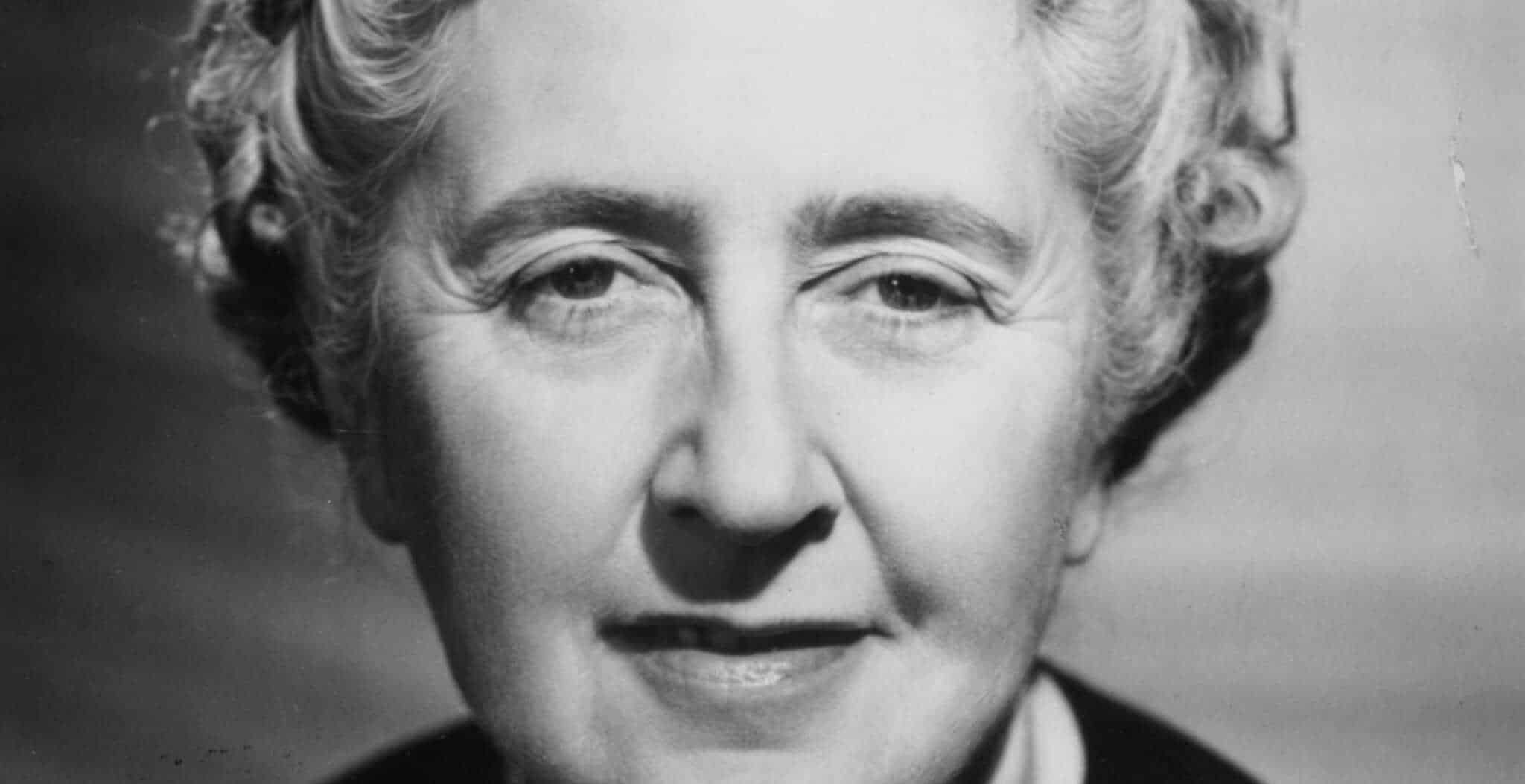“Elementary, my dear Watson.”
A famous line taken from the film adaptation of one of a series of novels about the fictional sleuth Sherlock Holmes and his sidekick Dr Watson. These books would earn Sir Arthur Conan Doyle critical acclaim and make a permanent impact on the genre of crime fiction.
Sir Arthur Conan Doyle was a prolific writer producing a huge body of work in his lifetime, covering a variety of genres ranging from crime, history, science fiction and even poetry.
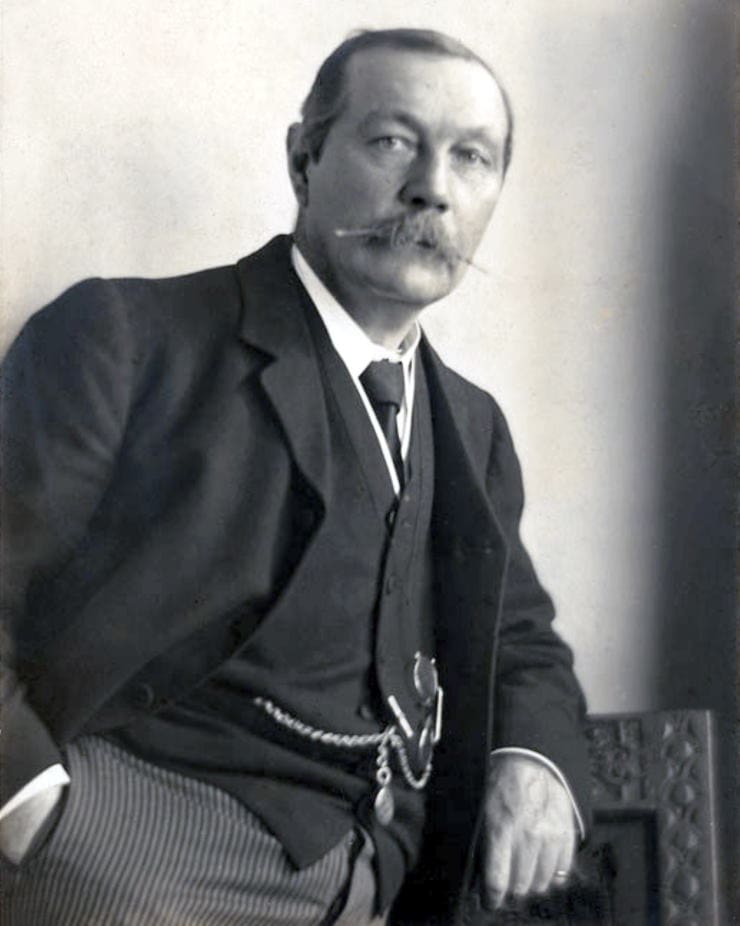
Whilst his literary prowess would earn him great admiration and popularity, he initially embarked upon a career as a qualified physician and proved himself capable in a variety of different fields.
His life began in Edinburgh, born in May 1859 into an affluent Irish Catholic family, one of eight children. His mother would become an important influence in his life whilst his father sadly battled psychological problems and alcoholism which led to his premature death.
Meanwhile, young Arthur would be sent away for his education to a Jesuit preparatory school called Stonyhurst College in Lancashire. He would go on to study for a year at another Jesuit school in Austria in order to build on his German language skills.
In 1876 Arthur went on to further education and entered the University of Edinburgh in order to study medicine. His training as a physician did not hinder his pursuits of other passions, particularly writing which he continued to keep up throughout his studies and even produced a series of short stories.
His first accepted publication was a story published in an Edinburgh Journal entitled, “The Mystery of Sasassa Valley”. Meanwhile, back in the field of medicine, he also had his first academic paper published by the British Medical Journal.
After completing his Bachelor of Medicine as well as Master of Surgery in 1881 Doyle worked on board the SS Mayumba as a ship’s surgeon. The journey would take him as far as the West African coast.
After completing this voyage, Doyle returned to England and set up his first medical practice which sadly did not prove as successful as he had hoped. This failure did however allow Doyle more time for his writing while he waited for his medical career to take off.
In 1885, Arthur expanded his qualifications further by acquiring a Doctor of Medicine and a few years later he embarked on a trip to Vienna in order to broaden his knowledge of ophthalmology.
Around this time he also married Louisa Hawkins and went on to have two children called Mary and Kingsley.
After spending time with his wife in Austria and subsequently visiting Venice, Milan and Paris he returned to London and set up a practice in Wimpole Street. Sadly for Doyle his efforts to become an ophthalmologist failed, however his medical background would soon prove to be invaluable as he turned to writing fiction and created a character whose exacting capability for identifying the minutest details through reasoning and deduction would become an instant hit.
One of the first appearances of the beloved character of Sherlock Holmes was in “A Study in Scarlet” which was thought to have been written in only three weeks. After initially struggling to find a publisher, his piece was printed and subsequently received favourable reviews from the press. In November 1886 it was accepted by the publisher Ward Lock and Co, later appearing the following year in Beeton’s Christmas Annual of 1887.
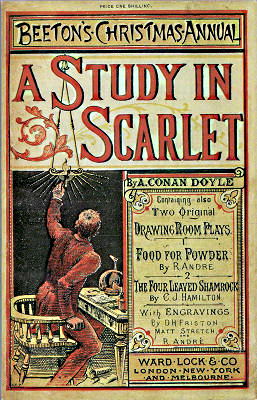
The creation of Sherlock Holmes and his acumen for observation and deduction was said to have been inspired by Doyle’s university professor Joseph Bell whose exacting approach to medicine was well-known.
With the first publication proving popular, a sequel was soon in the works and appeared in February 1890 in Lippincott’s Magazine. “The Sign of the Four” was printed and would be followed by several short stories published by the Strand Magazine.
Despite Sherlock Holmes becoming an instant hit, Doyle was not so sure about the protagonist and in a correspondence to his mother in 1891 he spoke of “slaying Holmes”, to which she replied, “You can’t!” Wanting to write about other characters Doyle began to demand more money for Holmes stories in a bid to discourage publishers. This plan did not however have the desired effect as the publications were willing to pay the higher amounts.
As his fiscal demands were met by publishers, the demand for Sherlock Holmes would soon make Conan Doyle one of the wealthiest authors of his time.
Nevertheless, by December 1893 he would make the decision to write Holmes and Professor Moriarty out of the stories as they plunged to their deaths in “The Final Problem” in order to focus on his other literary projects.
This decision did not however sit well with the general public and eventually Conan Doyle was forced to revive Sherlock Holmes in the 1901 novel “The Hound of the Baskervilles”.
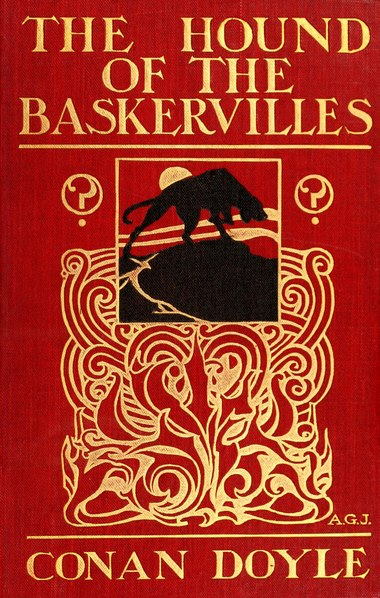
The story would prove immensely popular and one of the most enduring of his creations as it continues to be chosen for television and film purposes decades later.
Conan Doyle had not written about Sherlock Holmes since his character’s demise eight years earlier. It was subsequently published in a serialised form for the Strand Magazine and would pave the way for sequels of Sherlock Holmes who had by now gained such a following that Conan Doyle could not retire the character for fear of further public backlash.
He embarked on the story not long after returning from South Africa where he had been working as a doctor in Bloemfontein during the Second Boer War.
During his time in South Africa he had written non-fiction pieces relating to his time spent working as a physician, with one book entitled, “The Great Boer War” and another shorter piece arguing in favour of what he believed to be the justification for the war. This was not the only non-fiction piece to be written by Conan Doyle as he took interest in a variety of subjects and remained politically active during his lifetime, even standing for Parliament twice in 1900 and again in 1906 as a Liberal Unionist.
In 1902, he was knighted by King Edward VII in recognition for his efforts in South Africa.
Back in his literary world, the following year the short story “The Adventure of the Empty House” was published, explaining the supposed death of Sherlock Holmes and Moriarty. This would become one of fifty-six short stories dedicated to the Holmes character, the last of which was published in 1927.
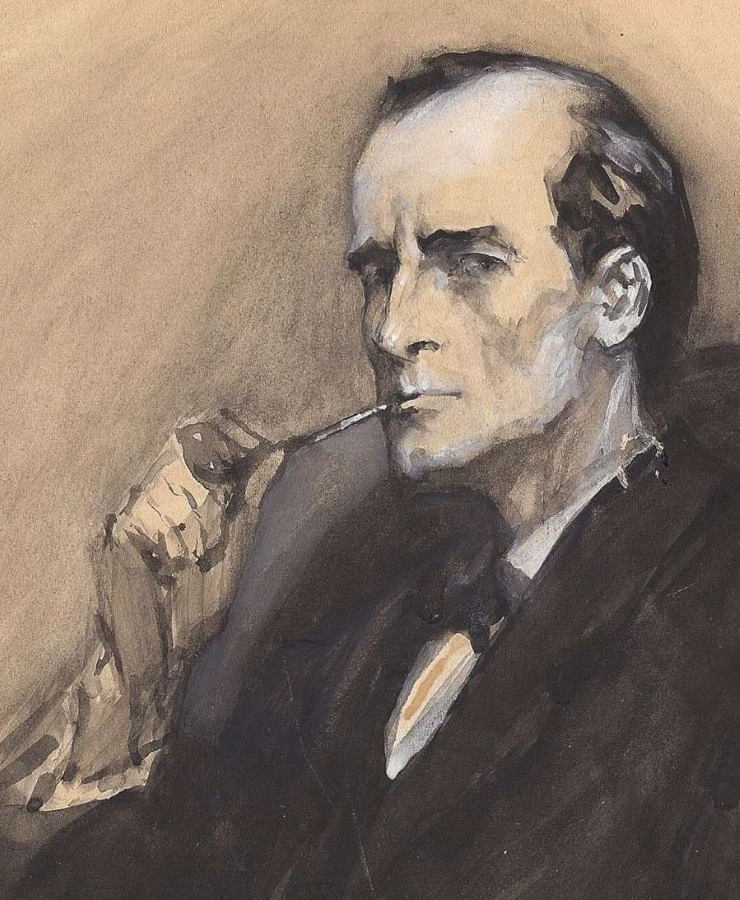
Whilst Doyle remained preoccupied with his most popular protagonist, his own personal interests for non-fiction would be explored in a variety of texts. After covering the events in South Africa, he wrote in favour of the campaign for reforming the Congo Free State which outlined the Belgian atrocities committed during Leopold II’s reign. His book on the subject was published in 1909, entitled, “The Crime of the Congo”.
Moreover, Conan Doyle’s interests extended to the justice system, leading to his involvement in two criminal cases, one relating to a half-Indian lawyer called George Edalji and another of a German Jew called Oscar Slater. His involvement in both cases would lead both men to be subsequently exonerated for their accused crimes.
Meanwhile, Arthur Conan Doyle would suffer a tragedy closer to home when his wife Louisa passed away from tuberculosis. A year later he married Jean Leckie whom he had known for some time and they went on to have three children together.
Conan Doyle would continue to produce a wealth of literature in his lifetime covering a wide variety of genres. He accumulated a body of non-fiction work ranging from semi-autobiographical novels such as “The Firm of Girldestone” to the historical fiction of “The White Company” depicting medieval chivalry.
Whilst Doyle came to be identified with his most famous character Sherlock Holmes, his own far ranging passions and beliefs would filter through his work and contribute to our understanding of this complex polymath.
One such topic with which he became very closely associated was the supernatural. Somewhat contradictory to the logical calculations of Holmes, his paranormal interests would remain with him through much of his life as he gained comfort and understanding from spiritual belief systems. So much so, that in the latter years of his life he embarked on spiritual missionary work which took him as far as Australia and New Zealand. By 1926, he had contributed to the founding of the Spiritualist Temple based in Camden, London.
After finding solace and meaning in his spiritualist work and completing a portfolio of literature that stood the test of time, Sir Arthur Conan Doyle passed away in July 1930 from a heart attack.
During his lifetime, he had produced an extensive catalogue of literature, demonstrating himself to be adept in many genres, whilst it was his “consulting detective” Sherlock Holmes which would earn him critical acclaim and worldwide recognition.
Sherlock Holmes has become one of the defining characters of criminal fiction and is as popular now as when he first appeared.
Arthur Conan Doyle proved himself capable not only as a doctor, public figure, journalist and author but as an observer of the human psyche, able to create characters that would intrigue readers and continue to be cherished for years to come.
Jessica Brain is a freelance writer specialising in history. Based in Kent and a lover of all things historical.
Published: 27th September 2021
